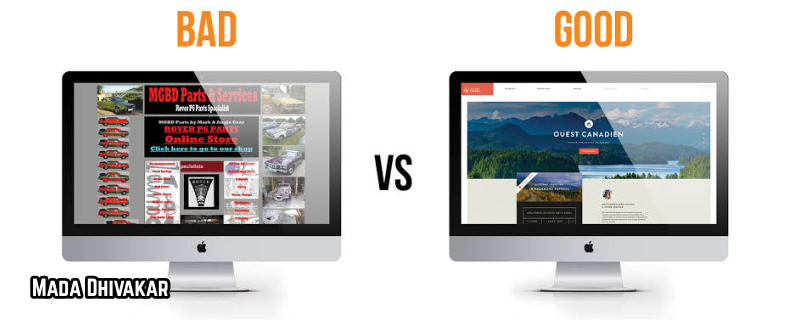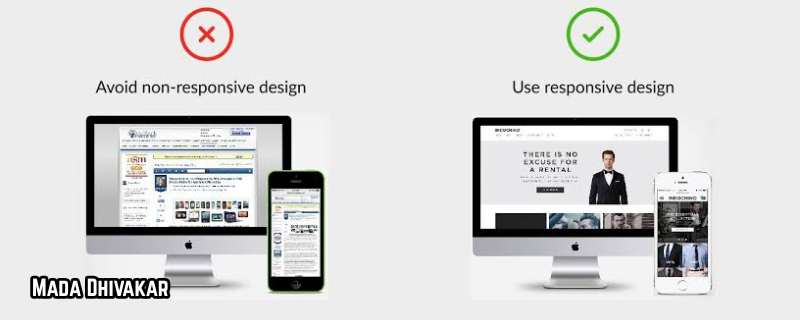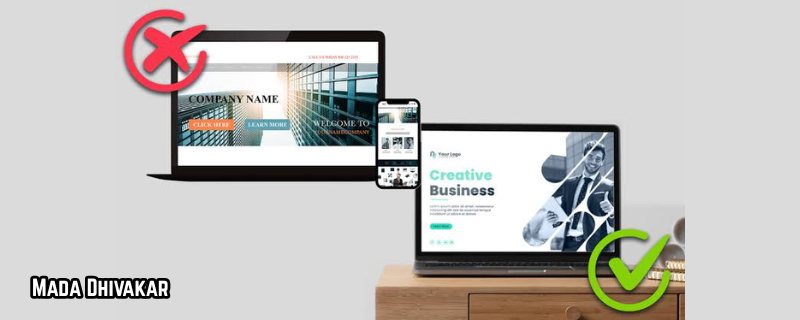Back
Jewelpik App
House of jewellery b... • 8m
UX vs UI: What Clients Need to Know Before Starting a Website Project? When planning a new website, it's crucial to understand the roles of User Experience (UX) and User Interface (UI) design. While they are closely related, they serve distinct purposes in creating a successful online presence. Here's what you need to know: What is UX Design? User Experience (UX) Design focuses on the overall experience a user has when interacting with your website. It encompasses the usability, accessibility, and efficiency of the site. A well-designed UX ensures that visitors can navigate your site intuitively, find information quickly, and accomplish their goals with minimal frustration. Key aspects of UX design include: Research: Understanding your target audience and their needs. Information Architecture: Structuring content logically. Wireframing and Prototyping: Creating blueprints for the website's layout and functionality. Usability Testing: Ensuring the site is user-friendly and meets user expectations. What is UI Design? User Interface (UI) Design deals with the visual elements of your website—the look and feel. It involves designing the layout, color scheme, typography, buttons, and other interactive elements that users engage with. Effective UI design enhances the aesthetic appeal and usability of the site, making it more engaging and easier to use. Key aspects of UI design include: Visual Design: Crafting the aesthetic elements of the site. Interactivity: Designing interactive elements like buttons and forms. Consistency: Ensuring uniformity in design elements across the site. Responsive Design: Making sure the site functions well on various devices and screen sizes. The Difference Between UX and UI While UX and UI are interconnected, they focus on different aspects of the website: UX is about the overall feel of the experience—how easy and pleasant it is for users to achieve their objectives. UI is about the specific elements that allow users to interact with the site—how the interface looks and functions. Think of UX as the blueprint of a house and UI as the interior design. Both are essential for creating a functional and appealing home. Why Clients Should Care Understanding the distinction between UX and UI is vital for several reasons: Improved User Satisfaction: A well-designed UX ensures users can navigate your site effortlessly, leading to higher satisfaction. Increased Conversion Rates: A seamless UX combined with an attractive UI can lead to higher conversion rates, whether it's making a purchase, signing up for a newsletter, or contacting you. Brand Credibility: A professional and user-friendly website enhances your brand's credibility and trustworthiness. Cost Efficiency: Investing in UX and UI design upfront can save costs in the long run by reducing the need for major redesigns and improving user retention.
Replies (1)
More like this
Recommendations from Medial
Mada Dhivakar
Let’s connect and bu... • 7m
Hello business enthusiasts, I’m Dhivakar, and here’s why web design, UI, and UX are so important for any website. Why does UI/UX matter? → Your website is the first impression of your business. → A Good UI (User Interface) makes your site look cle
See More



Tweak Buzz
TweakBuzz makes you ... • 6m
In today’s digital world, the first impression often comes from your website or app interface — and that’s where professional UI/UX design services for websites play a key role. A well-crafted user interface (UI) combined with a seamless user experie
See Morepavan kumar
Building something • 1y
Job Title: UI/UX Designer – Quick Commerce Application Location: Remote (Initially) | On-site after a few months About the Role: We are looking for a talented UI/UX Designer to join our team and play a crucial role in shaping the user experience of
See MoreRandhir Kumar
Hey I am on Medial • 4m
We’re Hiring – Full Stack Developer & Website/UI Designer Join us in building UpcharMitra – a comprehensive healthcare platform. Full Stack Developer Tech Stack: React.js, Node.js, Express.js, REST APIs, MongoDB/MySQL Responsibilities: Build respo
See More
Ambar Bhusari
UX Designer for User... • 11m
UX vs UI? Let’s end this debate forever. This rapid tic-tac-toe game explores the relationship between "UX" and "UI." It's a quick and interactive way to think about their distinct, yet linked, roles. UX: The strategic framework, the fundamental log
See MoreDownload the medial app to read full posts, comements and news.

































